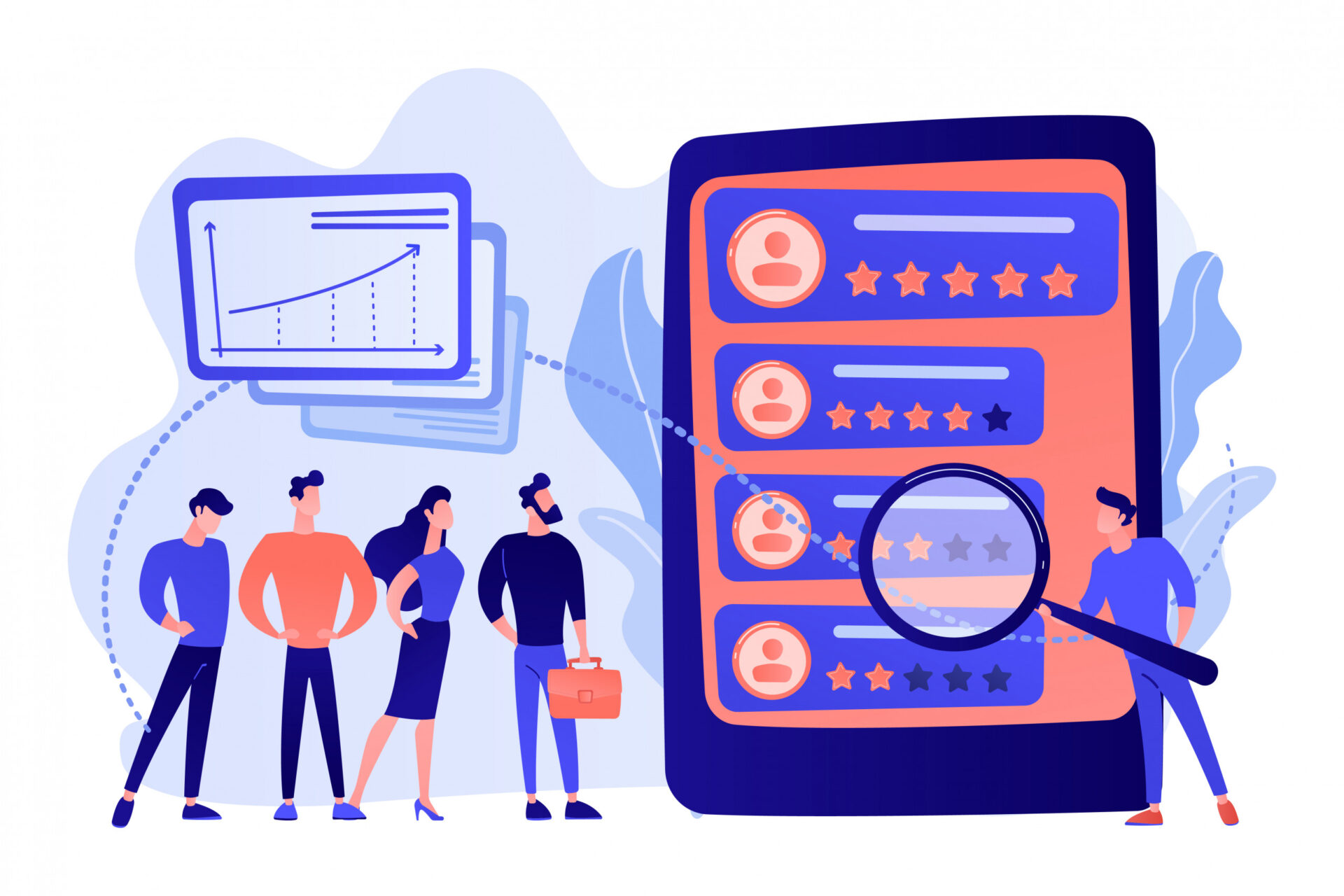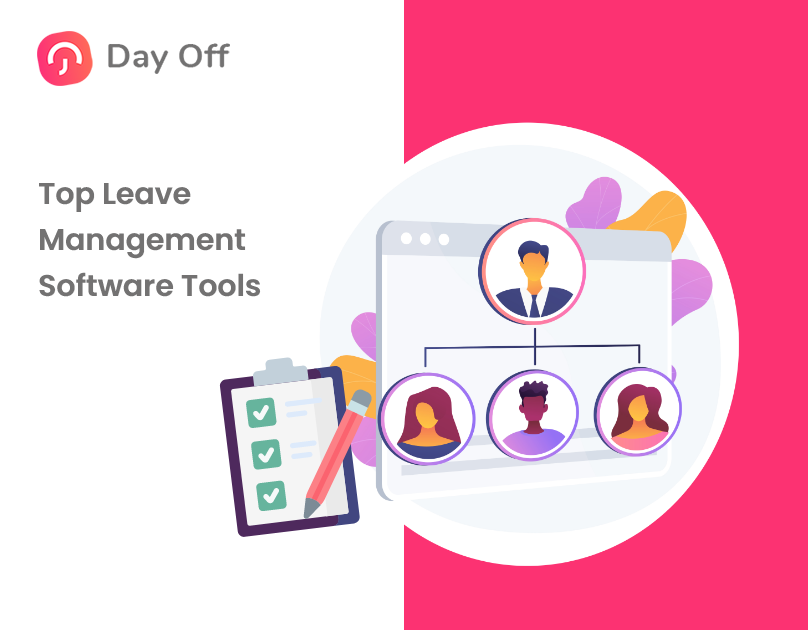Managers often struggle to process leave requests accurately and on time while staying compliant with company policies and local labor laws. Each request requires checking history, balances, eligibility, coverage, and sometimes complex rules like carryover caps or prorated accruals. Doing this manually invites delays and errors. Leave tracking software, sometimes called an employee leave management system, replaces spreadsheets and email threads with a consistent, auditable workflow that works for managers and employees alike.
This expanded guide strengthens each point from your original article, adds practical detail, and includes new sections to help you evaluate, implement, and scale a modern leave program.
Why Manual Leave Processing Breaks Down
On paper, leave management looks simple: submit, review, approve. In reality, requests must be evaluated against policy nuances (probation periods, leave types, region-specific holidays), team coverage, and payroll implications. When managers rely on siloed calendars and HR relies on spreadsheets, three things happen: decisions take longer, mistakes multiply, and employees lose trust in the process. Over time, that undermines productivity and morale. A modern system centralizes the rules and context so decisions are fast, fair, and visible.
What Leave Tracking Software Actually Does
Think of a leave management system as the operating layer for time off. Employees request PTO, sick leave, parental leave, or other absence types via web or mobile. The system automatically checks eligibility and balances, surfaces any conflicts on team calendars, and routes the request to the correct approver. Once approved, it updates balances, syncs to calendars, and sends the necessary signals to payroll. The result is a consistent, auditable trail with fewer handoffs and far less manual calculation.
Why It Helps Both Sides
A solid leave program is good for business and good for people. Managers get predictable coverage and fewer last-minute surprises. HR gains compliance, accuracy, and reporting without constant chasing. Employees can plan time off confidently because the rules are clear and balances are always up to date. In short, productivity and trust rise together.
Pros of Using Leave Tracking Software
Ease of Use
Modern systems are built for everyday use, not just end-of-month admin. Employees can request leave from anywhere; managers can approve from a phone on the move. Self-service reduces tickets to HR, while dashboards give everyone a live view of balances, upcoming absences, and approvals in progress. The best tools quietly handle the complexity in the background so the experience feels simple.
Policy Clarity Without the Paperwork
Instead of burying rules in PDFs, policies are encoded in the system: accrual rates by tenure, carryover limits, minimum notice periods, cooldowns after long leaves, and region-specific holidays. The software enforces these rules consistently, which makes decisions more defensible and reduces “exception fatigue” for managers.
Clear Authorization and Coverage
Authorizations are about more than yes/no. A good system shows who else is off, key deadlines, and potential coverage gaps before the manager decides. With cloud access, requests don’t stall when leaders travel or work remotely. Calendar integrations ensure approved time off is visible to the team, preventing double-booking and last-minute firefighting.
Accuracy You Can Audit
Automated accruals and proration remove the mental math that causes most mistakes. Each change, request, approval, edit, is timestamped and attributed, creating an audit trail useful for compliance inquiries and internal reviews. Accuracy isn’t just about numbers; it’s about transparency when someone asks “why was this rejected?” or “how was this calculated?”
Organization-Wide Transparency
Transparency builds trust. Employees can see balances, request status, and policy explanations in one place. Managers and HR can view department-level patterns to plan ahead. When information flows freely, rumors and frustration fade.
Reliable, Self-Serve Information
People plan their lives around time off. A shared calendar with holidays, blackouts, and important company events helps employees pick dates that work for everyone. Because balances update automatically after approvals, no one is guessing whether they have days left.
Integrated Operations
Leave data doesn’t live in isolation. When connected to payroll, the system ensures paid vs. unpaid days are reflected correctly. With HRIS integrations, employee changes (new hires, transfers, terminations) are synced automatically. Project tools and calendars reflect who’s actually available, making resource planning realistic.
Strategic Insights
Beyond day-to-day processing, analytics highlight patterns: teams with chronic understaffing, uneven leave utilization that hints at burnout, or policy rules that unintentionally create bottlenecks. Leaders can adjust staffing, reassign work, or tune policies based on real data.
Cons to Consider (And How to Mitigate Them)
Security and Privacy
Leave systems store sensitive data (health-related notes, identifiers). Poor security puts people and the company at risk. Mitigate this by choosing vendors with encryption at rest and in transit, granular permissions, SSO/MFA, audit logs, data residency options, and clear retention controls. Train administrators on least-privilege access.
Cost and Ongoing Spend
Licenses, implementation, and support add up, especially if you’re replacing multiple tools. Control costs by piloting with a subset of teams, selecting modules you’ll actually use, and negotiating usage-based tiers. Free tiers can be a smart start for small teams; just ensure the upgrade path won’t force a disruptive switch later.
Note: Platforms like Day Off offer a free tier suited to small and midsize teams, with optional upgrades as needs grow. Evaluate any free plan for policy flexibility, user limits, and integrations you’ll need down the line.
Scalability
What works for 20 people can buckle at 200 across regions and shifts. Validate scalability early: multi-location holiday calendars, varying accrual rules by country, and performance under higher loads. Ask about data migration tools and sandbox environments for testing changes safely.
Change Management and Adoption
The best system fails if people don’t use it. Resistance often shows up as “just Slack me the request.” Prevent backsliding by setting a clear go-live date, shutting off old channels, training managers first, and communicating benefits for employees (faster approvals, clear balances). Leaders must model the behavior.
Data Migration and Edge Cases
Historical balances, negative days, special agreements, these edge cases complicate migration. Plan a one-time normalization: define how to convert legacy rules, decide what history to keep, and run parallel testing for a full cycle before cutover.
Vendor Lock-In
If your leave system is the only place certain data lives, switching later becomes painful. Prefer tools with export capabilities and open APIs, and keep your HRIS as the system of record where possible.
New: Key Features to Look For
-
Configurable Policies: PTO, sick, parental, bereavement; accrual by tenure; carryover caps; minimum notice; blackout periods; probation rules.
-
Calendar & Collaboration Integrations: Google/Microsoft calendar sync; Slack/Teams notifications; visible team calendars.
-
Mobile Experience: Full request/approve flows on iOS/Android, not just read-only dashboards.
-
Globalization: Local public holidays, multilingual UI, time-zone awareness, and region-specific compliance notes.
-
Role-Based Access & Delegation: Coverage when approvers are on leave; proxy approvals; granular permissions.
-
Reporting & Alerts: Forecasting for under-staffing, leave liability reports, policy breach alerts.
-
Payroll/HRIS Connectivity: Automatic updates to pay codes; synced employee status changes.
-
Accessibility & Inclusivity: WCAG-aware design; clear policy language; private notes for sensitive requests.
(Use this as a checklist when comparing vendors.)
How to Implement Successfully
- Define the Policy Before the Tool. Clarify categories, accrual rules, eligibility, and approval SLAs. Write examples for common scenarios so decisions are consistent.
- Clean Your Data. Reconcile current balances, resolve negatives, and document exceptions. The cleaner the start, the smoother the rollout.
- Pilot With a Representative Group. Include different departments, managers, and locations. Capture feedback on UX, edge cases, and training gaps.
- Train Managers First, Then Employees. Managers set the tone. Equip them to answer “why” questions and to model proper use (including their own leave).
- Go Live With a Clear Cutover. Turn off legacy pathways. Share a short “how to request leave” guide and where to get help.
- Run Parallel for One Cycle if Needed. For payroll-critical environments, validate calculations by running the old and new processes side by side for a pay period.
- Review and Iterate. After 30/60/90 days, assess adoption, approval times, and accuracy. Tweak policies or configurations as necessary.
Special Considerations for Global and Shift-Based Teams
Global companies juggle public holidays, statutory entitlements, and cultural norms that vary widely. Your system should localize rules while maintaining consistent principles of fairness and clarity. For shift-based operations, align leave approvals with workforce management so coverage meets service levels. Time-zone aware notifications prevent requests from languishing while approvers sleep.
Measuring Success Beyond “It Works”
Track a short set of signals that reflect both experience and operations:
-
Employee Experience: Time to approval, clarity of balances, survey comments about fairness.
-
Manager Experience: Fewer scheduling conflicts, fewer manual overrides, reduced time spent on approvals.
-
Compliance & Accuracy: Audit findings, payroll adjustments attributable to leave errors.
-
Business Impact: Under-/over-staffing incidents, overtime due to poor planning, utilization of leave (too low can signal burnout).
Share results openly; transparency reinforces trust in the system.
Free vs. Paid: Choosing What Fits Today, and Tomorrow
Free plans can be perfect for small teams if they cover core needs: policy configuration, balance tracking, approvals, and calendar sync. As you grow, you may need richer features like multi-policy support by region, advanced accrual rules, deep integrations, and analytics. If you start on a free tier (for example, Day Off), confirm the upgrade path is smooth and that historical data and configurations carry forward intact.
Frequently Asked Questions
What Is Leave Tracking Software?
Leave tracking software (employee leave management) is a system that centralizes time-off requests, approvals, balances, and policies. Employees submit requests via web or mobile; the system checks eligibility, shows team coverage, routes for approval, updates balances automatically, and syncs with calendars and payroll so everything stays accurate and visible.
How Is It Different From Our HRIS Or Payroll Tool?
An HRIS is the system of record for people data, and payroll calculates pay. Leave software focuses on policy enforcement and day-to-day workflows, eligibility rules, accruals, carryover caps, approvals, and calendar visibility. The best setup connects all three, so data flows cleanly without manual double entry.
Can It Handle Complex Policies And Regional Rules?
Yes. Modern platforms support multiple leave types (PTO, sick, parental, bereavement, unpaid), tenure-based accruals, probation rules, blackout periods, and country/state holidays. You can localize policies by location while keeping consistent principles of fairness and transparency across the company.
How Does It Improve Compliance?
By encoding policies and maintaining an audit trail of every request, approval, and balance change. The system applies rules consistently, captures required documentation, and produces reports for audits. When integrated with payroll, paid vs. unpaid time is reflected correctly, reducing compliance risk.
What About Security And Privacy?
Choose vendors with encryption in transit and at rest, role-based access, SSO/MFA, detailed audit logs, and clear data retention controls. Ask about certifications, data residency options, and how sensitive notes (e.g., medical or personal reasons) are protected and permissioned.
Will It Work For Remote, Global, Or Shift-Based Teams?
Good tools are time-zone aware, include localized holiday calendars, and support different approval chains by location or department. For shift work, they surface coverage conflicts before approval and integrate with scheduling/Workforce Management so service levels are maintained.
How Do Approvals And Calendar Visibility Work?
Managers see real-time team calendars, headcount impacts, and any overlapping absences before deciding. Once approved, events sync to Google/Microsoft calendars and collaboration tools, making coverage planning proactive rather than last-minute.
How Hard Is Implementation And Change Management?
Most teams roll out core functionality in weeks. Success hinges on clear policies, clean starting balances, manager-first training, and a firm cutover date away from email/DM requests. Piloting with a representative group helps refine edge cases before company-wide launch.
Can We Migrate Historical Balances And Special Cases?
Yes. You can import current balances, prior entitlements, and exceptions, then validate via a short parallel run. Document how you’ll treat negative balances, partial accruals, or one-off agreements so the new system starts from a trusted baseline.
What Integrations Should We Expect?
Calendar (Google/Microsoft) for visibility, HRIS for employee records, payroll for accurate pay codes and deductions, and chat tools (Slack/Teams) for notifications. Open APIs matter, they future-proof your stack and prevent vendor lock-in.
How Do We Measure ROI?
Track time-to-approval, payroll corrections due to leave errors, scheduling conflicts avoided, overtime linked to poor planning, employee satisfaction with the process, and actual leave utilization (very low usage can signal burnout). Share results and adjust policies or staffing where the data points.
Is A Free Plan Enough, Or Do We Need Paid Features?
Free tiers often cover requests, approvals, balances, and basic calendars, great for small teams. As you scale, you’ll likely need advanced accrual rules, multi-region policies, deeper analytics, and tighter integrations. Confirm the upgrade path is smooth and that your data and configurations carry forward.
Conclusion
Leave management isn’t just an administrative task, it’s a signal of how much your company respects people’s time and plans work responsibly. Manual processing strains trust and accuracy; a modern employee leave management system makes the process simple, fair, and transparent. Choose a tool that matches your policies and growth plans, implement it with the same rigor you bring to customer-facing systems, and measure outcomes you care about: faster approvals, fewer conflicts, accurate payroll, and a healthier, more predictable operation. When you get leave right, employees plan confidently, managers staff intelligently, and the company runs better, every week of the year.











